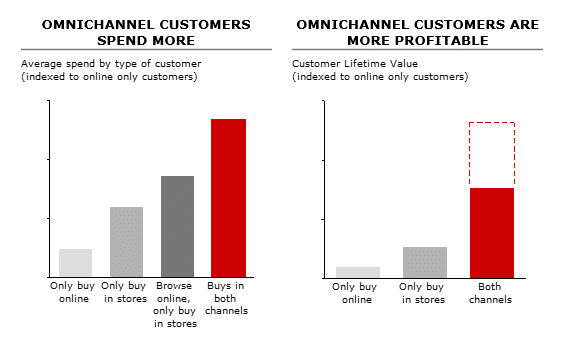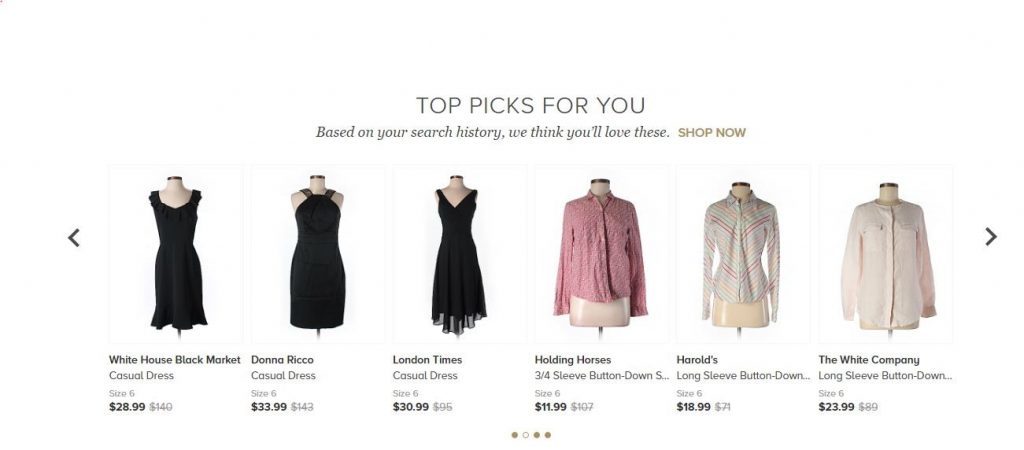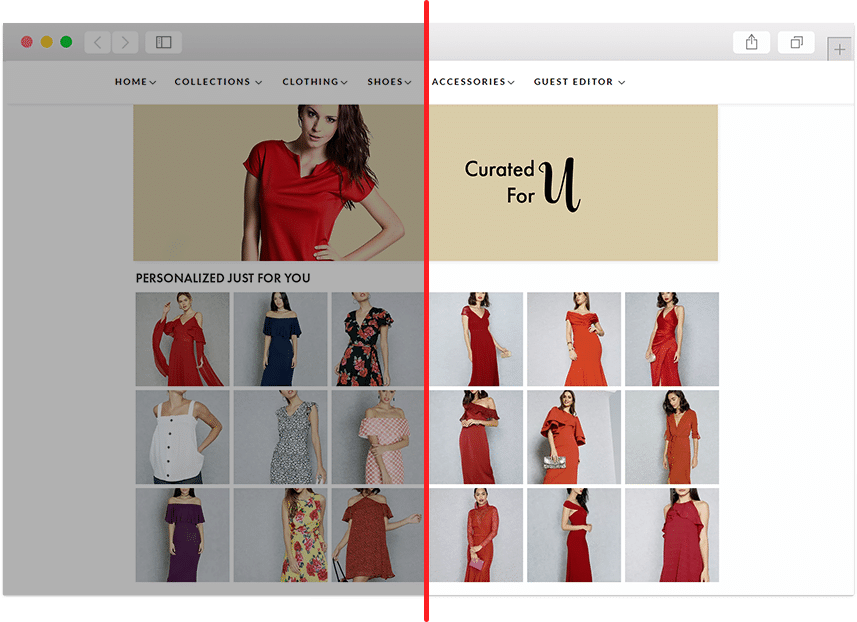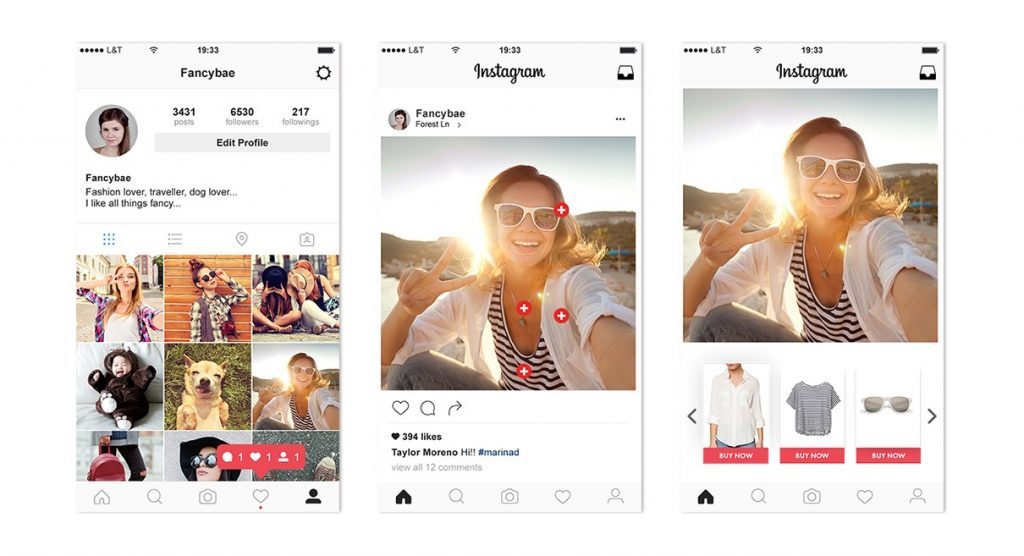If you haven’t thought about your omnichannel strategy yet, it is extremely important now, more than ever, to start taking it seriously – before you find yourself playing catch up with your fellow retail competitors.
We are all familiar with the traditional brick and mortar shopping experience – the ability to associate with our favorite brands, touch and feel the fabrics real time, try on our top picks, interact with the store folks and build relationships with the brand on our own terms.
Consumers of today no longer identify as being either “online” or “in-store” – they simply want to access their favorite products, everywhere and all the time. Smartphones, iPads, computers, tablets and the likes are predominant features in our daily lives and when coupled with the mind-boggling retail choices available today, shoppers’ decisions are primarily centered around saving time, money, mind space and travel.
Why should you be thinking about all things omnichannel?
First things first. Shoppers of today want to connect with your brand on a personal level – be it on your website, social media or in-store. They want to decrease decision fatigue and a seamless shopping experience across any medium they choose to use.
Customers who interact through multiple channels, tend to have a higher basket size and can better identify with your brand offering. An in- depth study conducted by Bain and Company for one fashion retailer, found that multichannel customers spend more and also have a potential Customer Lifetime Value that is higher than those who use single channels.

Another study performed on 46,000 customers (over a 14-month period), who made a retail purchase across stores in the US, found that 73% of them used multiple channels during their shopping process. In comparison to shoppers who used a single channel, omnichannel shoppers were also found to have a 23% higher repeat shopping trip within 6 months of their first omnichannel experience and were also more likely to recommend the brand to their family and friends.
From a retailer’s perspective, adding channels to a business adds more complexity to the operations. However, technology has caught up to address the demands of both the buyers and sellers to optimize the entire omnichannel experience, without adding high extra costs or complexities.
A cross-channel presence gives you an opportunity know your customers by way of their shopping and browsing habits, their comfort levels interacting with your brand and allows for large scale data collection that can be used for creative retargeting, engagement and product discoverability. Couldn’t convert your shoppers in-store? Having an omnichannel presence ensures that you give yourself multiple windows to get into your consumers’ radar and push them to convert.
Here are some omnichannel strategy must-haves:
1. Use a data and AI driven omnichannel strategy to create your shoppers’ persona (and make sure you can make sense of it)!
An omnichannel presence means that that you are also sitting on some rich data driven insights.
As you accumulate click stream data, insights on the types of products your customers love, the price range they are comfortable with, the categories and brands they like to browse through, their most frequented social channels and several other variations of this become available to you.
Artificial Intelligence and Computer Vision based algorithms evolving today can identify visual attributes such as color, pattern, style and much more from products in your online catalog, as well as from other forms of media your customers engage with. These smart learning systems can better learn shopper intent, their preferences towards visual and non-visual styles and cues, thus creating a persona for each customer.

By learning the specifics of each customer’s journey, you can creatively target relevant content and products personalized for each shopper. This type of technology is easily applicable across all mediums and can be customized to your specific business requirements, by way of the sort of products you’d like to promote and the customer segments you’d like to attract.
Make sure you are on top of your tech game!
2. Use AI driven tech to cross-sell and upsell across channels
You need to make sure that your customers convert across channels. Leverage dynamic product recommendations on- site, on marketing emails to plan your outreach to fit specific shopper interests.
For example, you know Mary bought a blue party dress from your online store last week through her desktop. When Mary visits your offline store next time, you can be ready with products to complete the ensemble. Alternatively, if she is a social media monkey, you could send targeted recommendations through those channels, showing complementary product suggestions that might match her blue party dress.
Other AI- driven tools such as Virtual Mirrors, Virtual Fitting Rooms and Augmented Reality tools for in- store personalization are key to enhancing the omnichannel customer experience. Experimenting with such technologies enables your customers to switch between the physical and the online worlds as they interact with your brand and its offerings. Making this switch as seamless as possible, using data and AI meaningfully, will ensure that you stay ahead of the curve with your personalized outreach.
Other useful strategies include equipping your store employees with iPads for real time product searches, styling suggestions, trending offers etc. as your customers browse through your store. Also consider self-serve kiosks in stores and let your customers browse through your catalog without having to roam around.
The more touchpoints you create with your customers, the higher likelihood of them forming connections with your products and the greater opportunity you have to upsell and cross sell.
3. Use personalized recommendations to ensure your shoppers feel loved and help them create shopping habits with your brand
At the end of the day, after price and delivery parameters, it’s all about the customer experience. Make your shoppers experience a retail journey that is unique to their individual tastes.
What can these personalized forms of targeting look like?
If you are a brand that has a consumer base that is ensemble focused, Complete the Look recommendations with personalized complementary product suggestions that can complete the ensemble for the product your shopper is interested in, acts much like a virtual shopping assistant. Customers who engage with these recommendations typically end up spending 3 times* more on the site and view 3 times* more products, compared to those who do not interact with them.
Similar product recommendations show products with similar visual attributes to what your shopper is looking at from your catalog. This helps your shoppers discover products they may not otherwise browse through during their visit.
The homepage is often the customer’s first impression of your site. Personalized recommendations here, with customized product suggestions, based on the user history, has proven to be an effective tool. For example, Thredup’s homepage has personalized recommendations like “Top Picks for You”, that shows products based on an individual’s long-term browsing and purchase history.

60%* of consumers generally stick to the same category that they first click on in the homepage, making this an important feature to consider for the start of your customer’s journey. Personalized recommendations have also been known to decrease homepage bounce rates. Shoppers’ “My Account” pages can also be personalized in a similar manner, where customized looks and ensembles are displayed, like in the image below- much like their own virtual stylist!

Moreover, these recommendations are easily integrated on any page on the site, follow up email, ads, blogs or any sort of marketing collateral you choose. You can also blend these into your in-store apps. There is no substitute for a shopper journey that is tailor made, focused and customizable. Connect with your shoppers using tech and let them know that you have their best interests.
4. Engage in social media and make all your marketing content shoppable
Join the social media revolution and create a community around your site and products. Encourage your shoppers to spread the word and share their experiences with your brand and use all that chatter to increase your outreach. Some brands have reported that almost 50%* of their inbound site traffic is through social channels.
Let all your marketing content and videos, including social media images, blogs and website banners, look-books and advertisements – become shoppable by showing recommendations that are visually similar or complementary to those in the image, straight out of your catalog. Not only does this enhance the visual experience, but also provides a direct commerce angle to visual marketing. The image below is an example of how your marketing collateral and social feeds can be monetized with simple overlays.

5. Create a recognizable experience across all channels by paying close attention to your UX/UI design
It’s great to have some new technology to play around with, but if your UI/UX design is not on point, you run the risk of having high bounce rates.
You also want to make sure that the look and feel of your site stays continuously recognizable and universal across any medium, and recommendations are placed appropriately, taking into consideration the different screen sizes, and ironing out any extra clutter on the page. Both your offline and online tools need to be highly optimized to ensure that placement and design do not become impediments to the overall customer experience.
Omnichannel is more than just a buzzword
Omnichannel, a word we all love to use, has endless possibilities. If there is one takeaway – you must leverage your omnichannel strategy to understand your shoppers’ intent and ensure that you have an ongoing conversation with them.
A subtle yet personalized messaging and outreach strategy can push your brand’s value by leaps and bounds, and snatch sales from other retailers in the industry.
Bottom line is, you want your customers to experience a retail journey that is valuable, memorable and story-worthy. There is no better time to start than now.
Is an omnichannel strategy the future of e-commerce and retail? Tell us below or tweet us!





